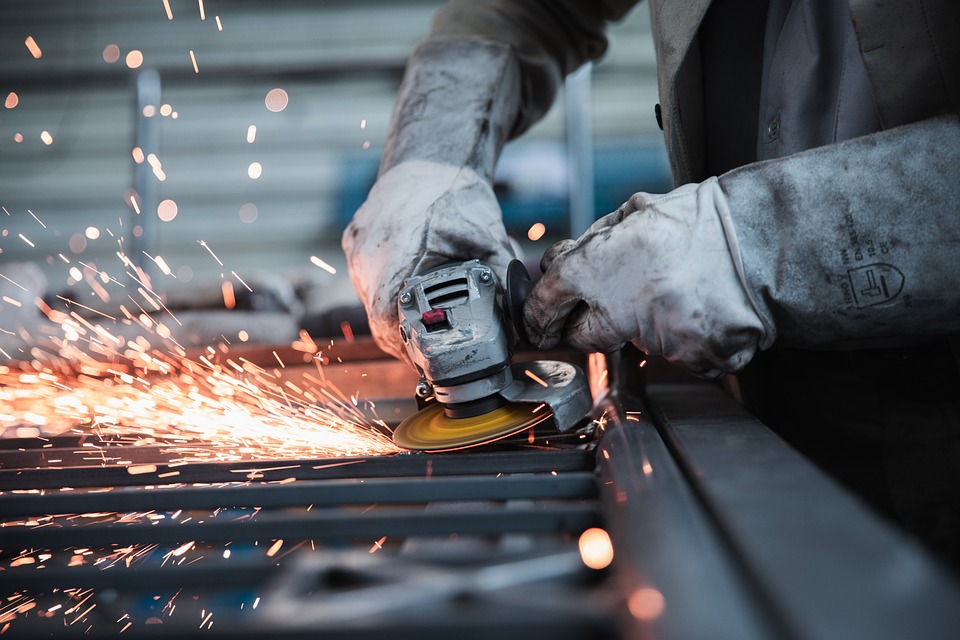
Archaeology
A high-tech enterprise focusing on the development and application of X-ray technology products, committed to becoming a leading supplier of X-ray industrial testing solutions.
Revolutionizing Art and Archaeology Analysis: The Transformative Impact of Handheld XRF Technology
The preservation and study of ancient artifacts and archaeological sites stand as pillars in our quest to comprehend the depths of human civilization and culture. With no written records left by our ancestors, the artifacts they've left behind serve as enigmatic clues, inspiring archaeologists to embark on journeys of exploration and discovery. Over time, advancements in science and technology have not only facilitated the excavation and analysis of these relics but have also revolutionized the methods by which we preserve and interpret our collective heritage. Among these advancements, handheld X-ray Fluorescent Spectrometers (XRF) have emerged as indispensable tools, empowering archaeologists with non-destructive means of artifact analysis and site evaluation. This article explores the multifaceted impact of handheld XRF technology on the field of art and archaeology, delving into its applications, advantages, and implications for the future of cultural heritage preservation.
Advancements in Artifact Analysis:
Traditionally, the analysis of archaeological artifacts relied heavily on large, expensive laboratory equipment and specialized operators. However, the introduction of handheld XRF analyzers has democratized artifact analysis, offering a cost-effective and non-destructive alternative. These portable devices utilize X-ray fluorescence technology to determine the elemental composition of artifacts, providing archaeologists with valuable insights into their origins, authenticity, and preservation needs. By analyzing the elemental spectra of artifacts, researchers can discern patterns, identify materials, and detect anomalies indicative of forgery or degradation. Moreover, handheld XRF analyzers enable on-site analysis, eliminating the need for artifact transportation and minimizing the risk of damage during handling.

Applications in Archaeological Practice:
The integration of handheld XRF technology into archaeological practice has revolutionized fieldwork methodologies and expanded the scope of artifact analysis. From archaeological surveys to restoration projects, handheld XRF analyzers play a pivotal role in various aspects of archaeological research:
Archaeological Surveys:
Handheld XRF analyzers facilitate rapid soil testing at suspected historic sites, enabling archaeologists to acquire geochemical data and identify buried features such as architectural remnants, hearths, and burial sites. By analyzing soil elemental compositions, researchers can delineate spatial patterns, infer human activity, and prioritize areas for excavation.
Restoration and Provenance:
In the realm of artifact restoration, handheld XRF analyzers aid in determining the provenance of artifacts by analyzing pigments, glazes, and other materials used in their creation. By comparing elemental compositions against known references, researchers can authenticate artifacts, discern historical alterations, and devise appropriate conservation strategies. Additionally, handheld XRF analyzers facilitate non-destructive inspections of paintings, sculptures, and other artifacts, allowing conservators to assess their condition and monitor changes over time.
Identification and Preservation:
Handheld XRF analyzers assist in authenticating artworks and artifacts, providing valuable insights into their composition, craftsmanship, and preservation needs. By analyzing elemental compositions, researchers can identify materials, detect alterations, and assess degradation mechanisms. This information informs conservation decisions, guiding efforts to stabilize, restore, and safeguard cultural heritage for future generations.
Analysis of Cultural Relics Origin:
Handheld XRF technology aids archaeologists in tracing the origins of cultural relics by analyzing their mineral compositions. By comparing elemental signatures against geological databases, researchers can identify the sources of raw materials, elucidate trade networks, and reconstruct ancient economies. This data enhances our understanding of past human interactions and cultural exchange, enriching the narratives preserved within archaeological artifacts.
Dating:
Geological surveys utilize handheld XRF analyzers to analyze elemental compositions in rocks, alloys, and other materials, providing crucial dating clues for archaeological contexts. By correlating elemental profiles with established chronologies, researchers can refine chronological frameworks, resolve historical uncertainties, and reconstruct timelines of human activity.
Advantages of Handheld XRF Technology:
The adoption of handheld XRF technology offers several advantages for art and archaeology analysis:
Portability: Handheld XRF analyzers are compact, lightweight, and easily transportable, facilitating on-site analysis in remote or inaccessible locations.
Accessibility: These devices are user-friendly and require minimal training, enabling archaeologists, conservators, and museum professionals to perform non-destructive analysis without specialized expertise.
Efficiency: Handheld XRF analyzers offer rapid detection and real-time results, streamlining data collection and decision-making processes during fieldwork, excavation, and artifact analysis.
Non-destructiveness: Unlike traditional laboratory techniques, handheld XRF analysis does not require sample destruction or alteration, preserving the integrity of artifacts and minimizing the risk of damage or contamination.
Implications for Cultural Heritage Preservation:
The widespread adoption of handheld XRF technology has profound implications for the preservation and interpretation of cultural heritage:
Enhanced Conservation Practices: By providing detailed insights into artifact composition and condition, handheld XRF analyzers inform conservation strategies, guiding efforts to stabilize, restore, and protect cultural heritage for future generations.
Improved Authentication and Provenance Studies: Handheld XRF analysis enables researchers to authenticate artifacts, discern historical alterations, and trace the provenance of cultural relics, facilitating the detection of forgeries and the reconstruction of artifact histories.
Expanded Research Opportunities: The accessibility and versatility of handheld XRF technology empower researchers to explore new avenues of inquiry, from the analysis of ancient pigments to the reconstruction of past trade networks, fostering interdisciplinary collaboration and advancing our understanding of human history and culture.

Advantages of Terra Scientific Handheld XRF Analyzer for Art and Archaeology Analysis
The Terra Scientific Handheld XRF Analyzer employs energy dispersive X-ray fluorescence technology (ED-XRF), marking a significant advancement in the multi-elemental analysis of major, minor, and trace element concentrations. Through innovative developments in excitation and detection mechanisms, this device achieves unparalleled sensitivity and detection limits, ensuring precise and accurate analysis of elements present in artworks and historical relics.
The EulerX 900 series handheld alloy analyzer serves as a versatile inspection tool tailored to meet the element concentration analysis requirements of field Art and Archaeology applications. Its user-friendly design makes it an indispensable assistant for archaeologists and museum researchers alike.
Furthermore, the EulerX 900 Series handheld alloy analyzer boasts several key advantages:
(a) Portability and Ease of Use: The handheld XRF analyzer is compact and lightweight, facilitating on-site analysis with unparalleled convenience. Its intuitive interface ensures ease of operation, making it accessible to users with varying levels of expertise.
(b) No Sample Preparation Required: Unlike traditional laboratory techniques, the Terra Scientific Handheld XRF Analyzer eliminates the need for sample preparation, enabling non-destructive testing of artifacts. This feature not only saves time but also preserves the integrity of precious cultural relics.
(c) Short Detection Time and Reliable Results: The device offers rapid detection capabilities, delivering real-time quantitative analysis results with exceptional accuracy. Its short detection time streamlines data collection processes, allowing researchers to make informed decisions swiftly.
The EulerX 900 series of handheld alloy analyzers represents a comprehensive solution for quality monitoring and safety compliance testing in art and archaeology analysis. Equipped with a high-performance X-ray tube and state-of-the-art Si-Pin/SDD detector, this instrument ensures fast and accurate element concentration analysis. Additionally, an optional large-area silicon drift detector further enhances instrument resolution, reducing analysis time and improving overall efficiency.
Join Us
Subscribe to our email list for updates & promotions.



